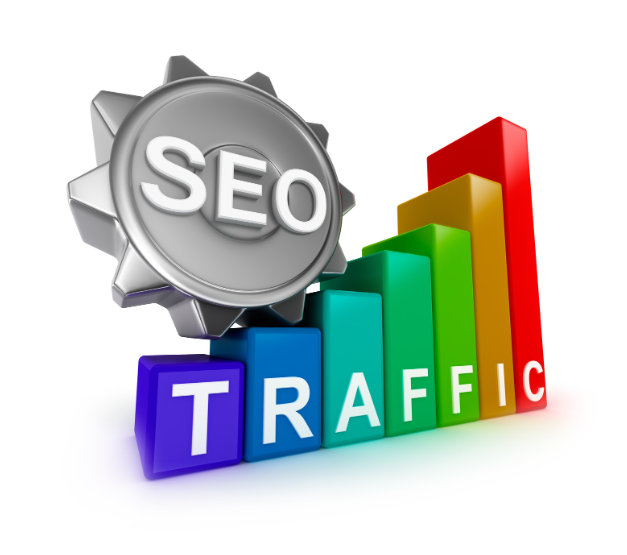Google Search Ads are a powerful tool for driving targeted traffic and achieving business goals. However, to truly maximize your Return on Investment (ROI), it’s essential to optimize every aspect of your Google Search Ads campaigns. In this blog, we’ll delve into effective strategies to enhance your ad performance and boost your ROI.
Understanding the Basics of Google Search Ads
Google Search Ads appear at the top and bottom of search engine results pages (SERPs) and work on a bidding system where advertisers bid on keywords. Your ad’s visibility depends on factors like bid amount, Quality Score, and relevance to the search query. Key metrics to track include Click-Through Rate (CTR), Cost Per Click (CPC), and conversion rate. The Quality Score, which evaluates the relevance and quality of your ads and landing pages, plays a crucial role in determining your ad’s placement and cost.
Conduct Thorough Keyword Research
Effective keyword research is the cornerstone of a successful Google Search Ads campaign. Start by identifying high-intent keywords that align with your business objectives. Use tools like Google Keyword Planner and SEMrush to discover relevant keywords with high search volume and manageable competition. Incorporate negative keywords to filter out irrelevant traffic and reduce wasted ad spend. By targeting precise keywords, you ensure that your ads reach users who are more likely to convert.
Craft Compelling Ad Copy
Your ad copy is the first impression potential customers have of your business, so it’s crucial to make it compelling. Focus on creating headlines that capture attention and descriptions that clearly convey your value proposition. Include a strong call-to-action (CTA) that encourages users to take the next step. A/B test different ad variations to determine which copy performs best. Continuously refine your messaging based on performance data to improve click-through rates and conversion rates.
Optimize Landing Pages for Conversions
A well-optimized landing page is essential for converting visitors into customers. Ensure that your landing page aligns with the ad’s promise and provides a seamless user experience. Key elements include a clear and concise call-to-action, relevant and engaging content, and a fast loading speed. Minimize distractions and simplify the conversion process to reduce bounce rates and increase the likelihood of conversions. Regularly review and update your landing pages based on user behavior and feedback.
Utilize Ad Extensions Effectively
Ad extensions enhance your ad’s visibility and provide additional information to potential customers. Google offers various ad extensions, such as sitelinks, callouts, and structured snippets, which can improve your ad’s performance. For example, sitelinks allow you to add additional links to your ad, while callouts highlight specific features or offers. Choose the ad extensions that best suit your business goals and ensure they add value to your ad.
Implement Advanced Targeting Options
Google Ads offers advanced targeting features to help you reach the right audience. Use location targeting to focus on specific geographic areas, and demographic targeting to reach users based on age, gender, and interests. Remarketing allows you to reconnect with users who have previously interacted with your site but didn’t convert. By leveraging audience insights and advanced targeting options, you can tailor your ads to attract high-quality leads and improve ROI.
Monitor and Adjust Bids Strategically
Bidding strategy plays a significant role in optimizing your Google Search Ads. Choose between manual and automated bidding strategies based on your campaign goals and budget. Monitor bid performance regularly and make data-driven adjustments to maximize ROI. Google Ads offers various bidding options, such as Enhanced CPC and Target CPA, which can help you achieve your desired results. Use bid adjustments to account for factors like device, location, and time of day.
Analyze and Interpret Performance Data
Analyzing performance data is crucial for understanding how your ads are performing and identifying areas for improvement. Track key performance indicators (KPIs) such as CTR, CPC, conversion rate, and ROI. Google Ads provides various reports and analytics tools to help you interpret data and make informed decisions. Avoid common pitfalls in data interpretation, such as focusing solely on vanity metrics, and instead, use data to drive actionable insights and optimize your campaigns.
Continuously Test and Optimize
Ongoing testing and optimization are essential for maintaining and improving ad performance. Implement systematic testing methods, such as A/B testing and multivariate testing, to evaluate different elements of your ads and landing pages. Analyze test results to identify what works best and apply those insights to optimize your campaigns. Regularly review and refine your strategies to stay ahead of competitors and adapt to changes in user behavior and market trends.
Stay Updated with Google Ads Trends and Updates
The digital advertising landscape is constantly evolving, and staying updated with the latest trends and updates is crucial for success. Follow Google Ads’ official blog, industry news, and attend webinars to keep abreast of new features and best practices. Adapt your strategies in response to updates and innovations to ensure your campaigns remain effective and competitive.
Takeaway
Maximizing ROI with Google Search Ads requires a strategic approach and continuous optimization. By implementing the strategies outlined in this blog, you can enhance your ad performance, drive higher-quality traffic, and achieve better results. Start applying these tactics today and watch your ROI soar. For more tips, subscribe to our newsletter or contact us for a personalized consultation.
Google Search Ads are the driving force behind online visibility. Secure your spot at the top with Web Boost Online, the unrivaled expert in maximizing your online potential.











